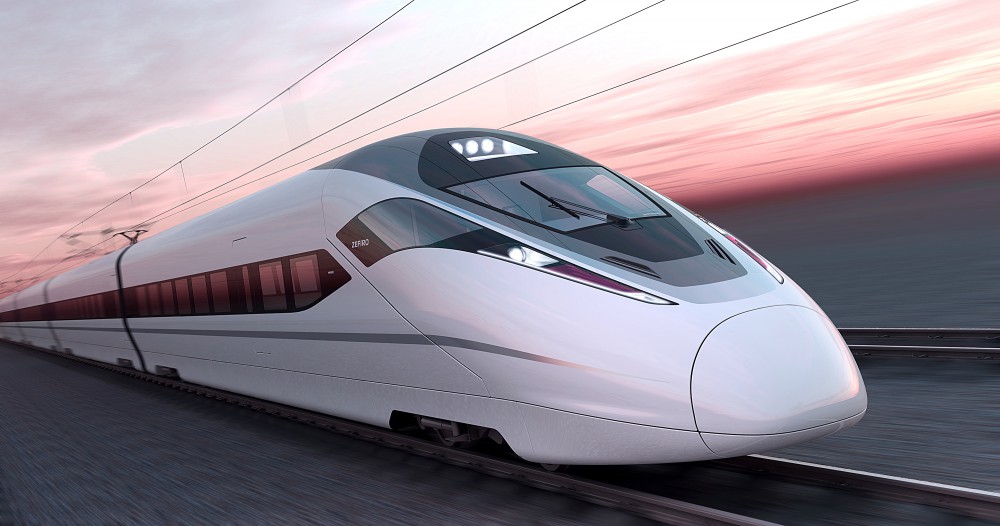The trains of the future!

Where does the term Maglev come from?
Maglev (short for magnetic levitation) is a transportation technology that allows vehicle movement and control by the action of magnetic forces. It is very common in the development of high-speed trains.

How it all started?
In 1914, French inventor Emile Bachelet caused a sensation in London with his experiment. In it, the levitation of a piece of aluminum with a length of approximately one meter was observed. To achieve this effect the scientist used a series of alternating magnets and coils. His wish was to invent a system for transporting letters between London and Liverpool.
Eight years later (in 1922) the development of the magnetic levitation train was started in the German Reich by Herman Kemper, who dealt with electromagnetic cable technology. In 1934 Kemper got a patent for electromagnetic levitation vehicles.
Today the Japanese Maglev train has a record of 603 km/h!
Starting in 1962, Japan is in charge of research on Maglev trains. In this time they have developed two systems:
- JR-Maglev electrodynamic train with maximum speed of 500 km/h.
On April 21, 2015, the SCMaglev series seven-car train reached a speed of 603 km/h (375 mph), this same train a week earlier clocked 590 km/h (370 mph), breaking the previous record for rail vehicles of 581 km/h (361 mph), created by the JR maglev train in December 2003.
- HSST electromagnetic train with maximum speed of about 100 km/h.
HSST has been running since March 2005 under the name Linimo, traveling nine km from the city of Nagoya. The route is from the Expo Center (east of the city) to the center. Until July 2005 it has transported 10 million passengers.

What are the advantages of magnetic levitation railways?
- There is less air resistance than on conventional railways and therefore at higher speeds trains using magnetic technology are quieter and more energy efficient.
- It has shorter braking distance than conventional train.
- Maglev trains are suitable for short courses
- They are unmanned vehicles.
- No friction occurs.
Disadvantages of magnetic levitation railways:
- Incompatibility with existing infrastructure.
- It is not suitable and efficient in transporting heavy loads
- Train tracks are expensive, which complicates the use of the system over close distances
- This transport system needs optimal weather conditions to be able to build the tracks and circulate without causing incidents, for example: the train tracks must be free of ice and snow.




































